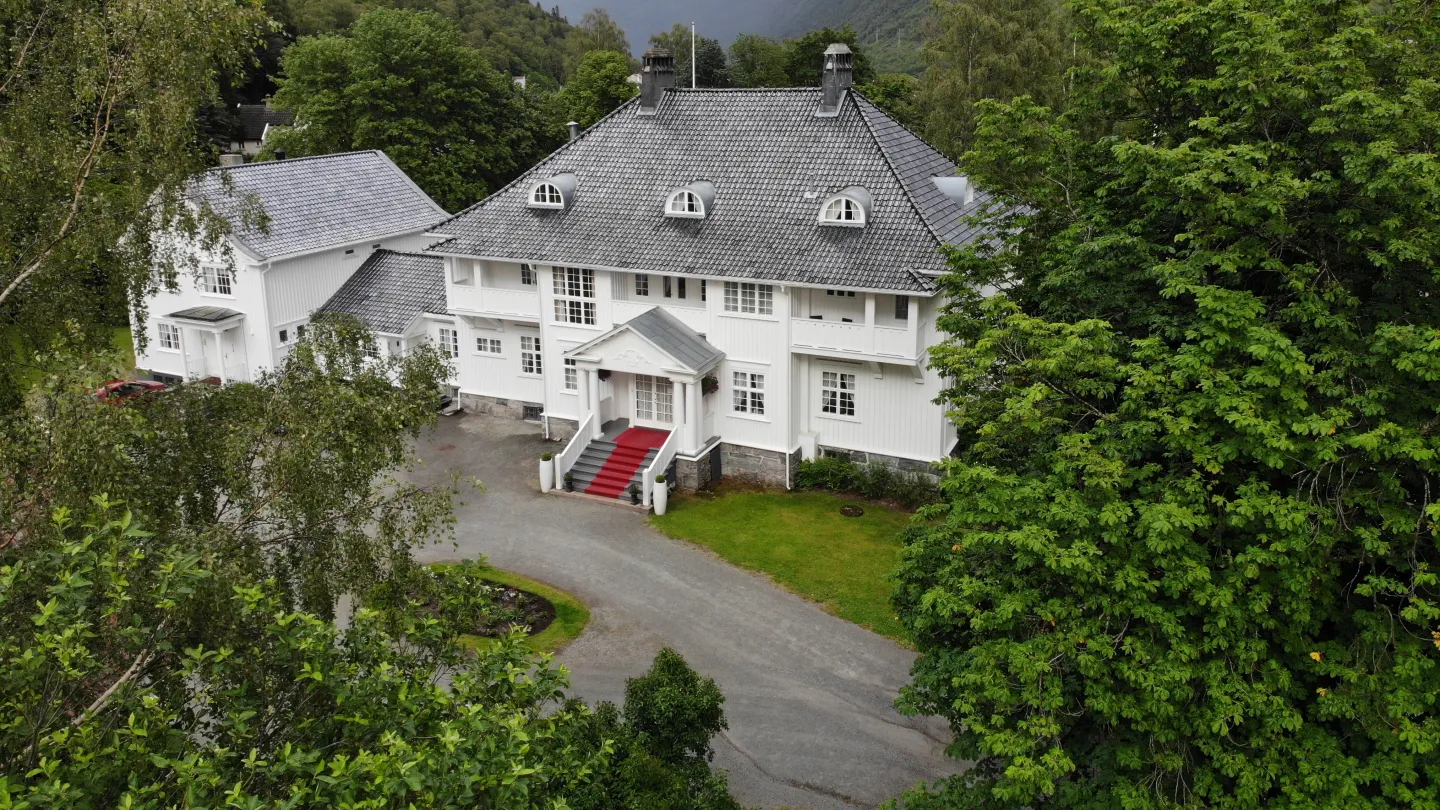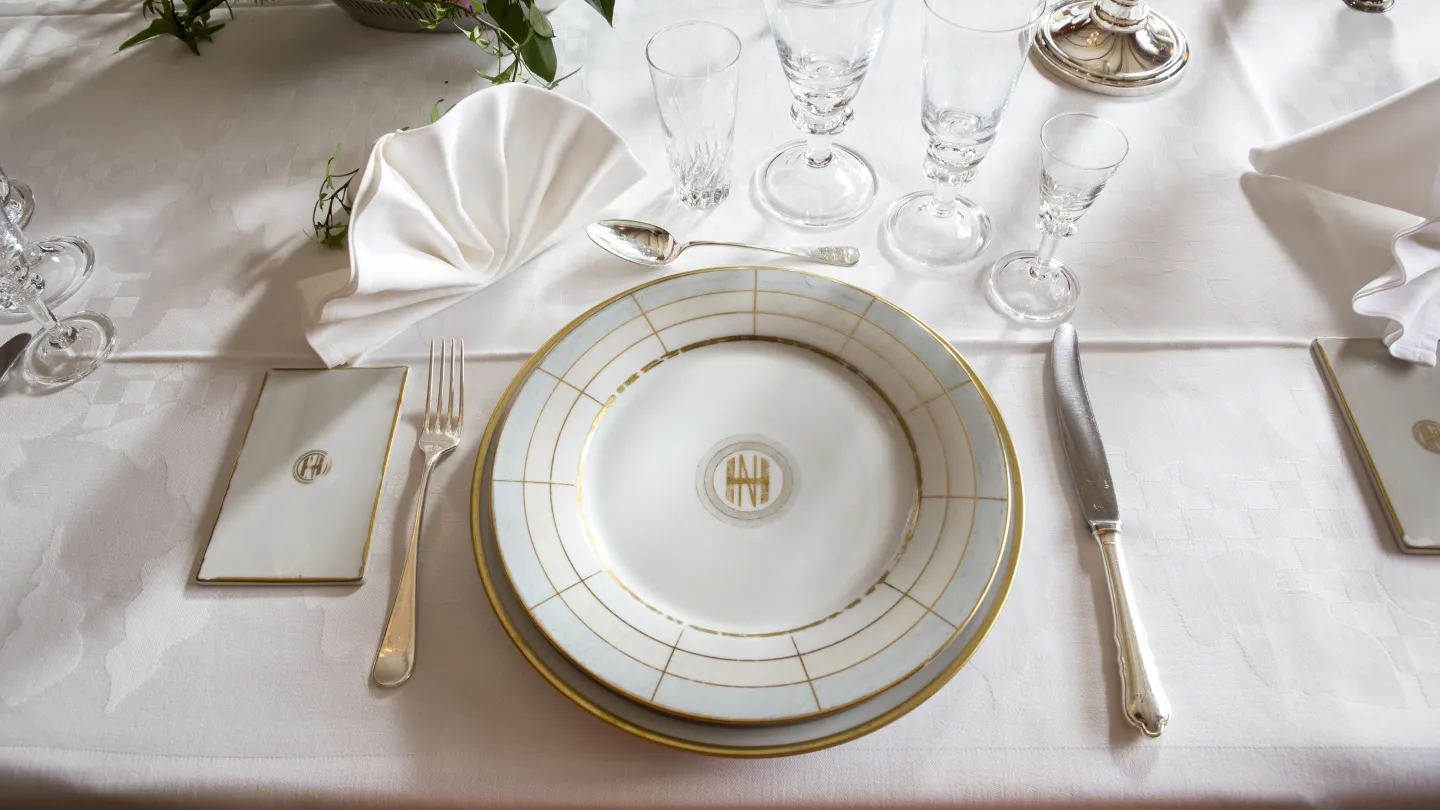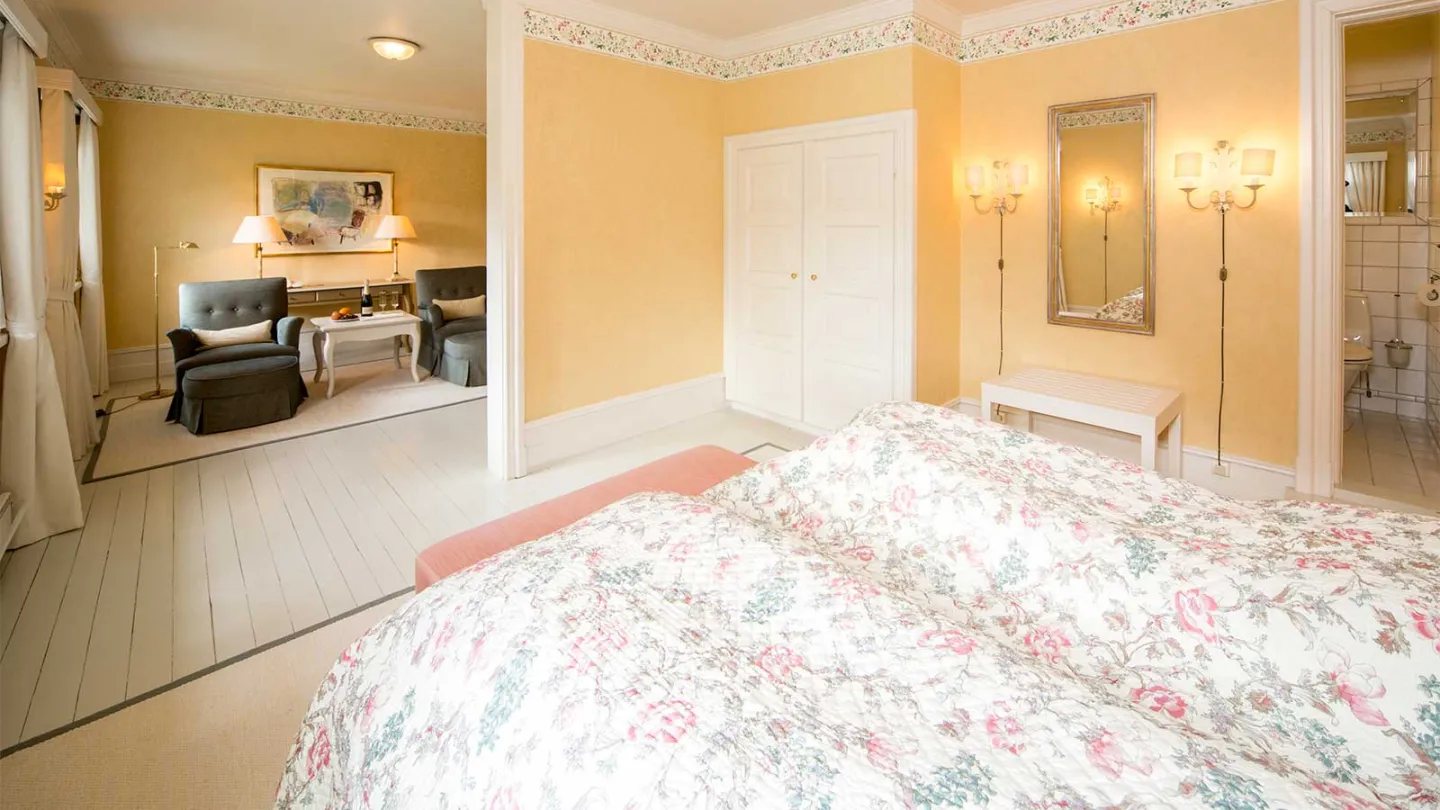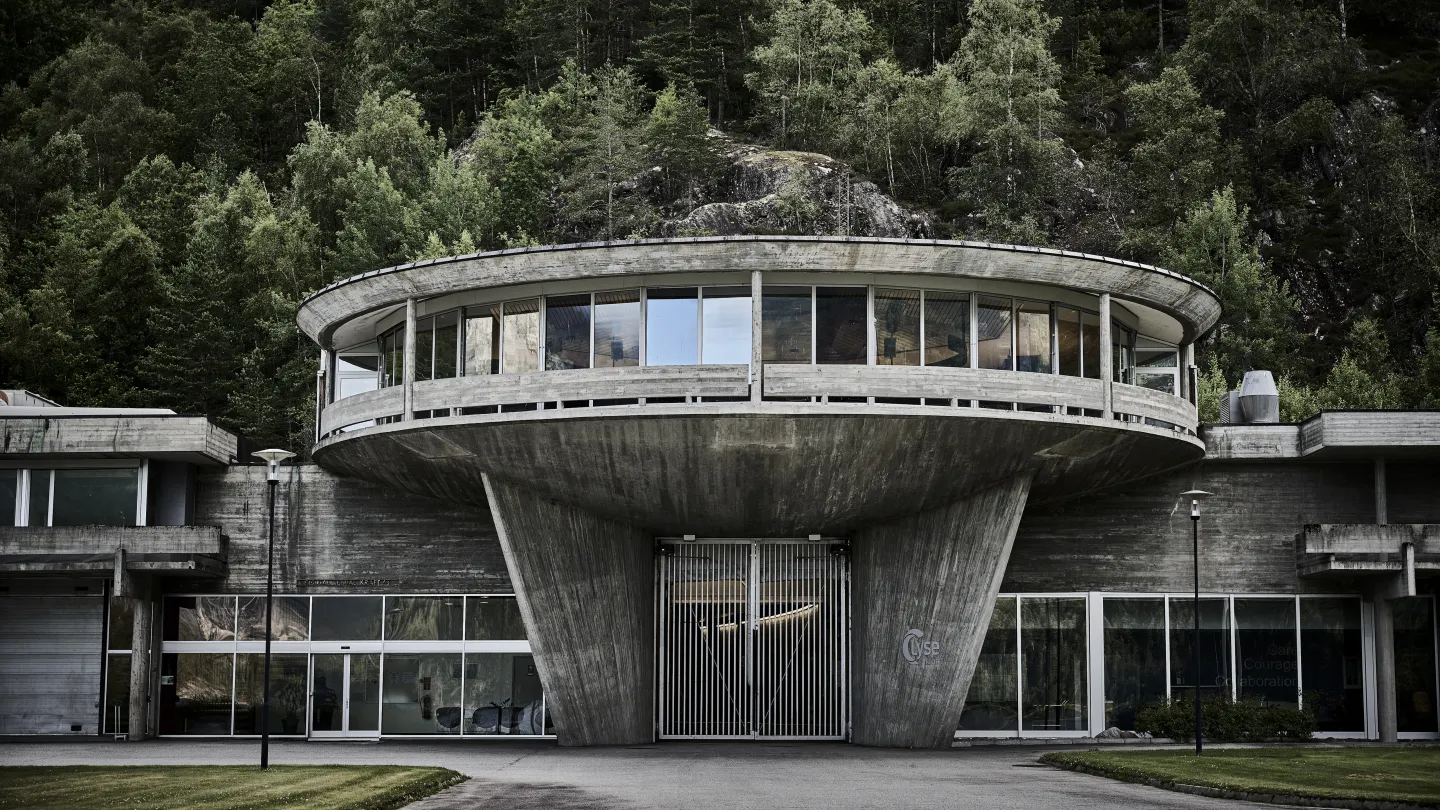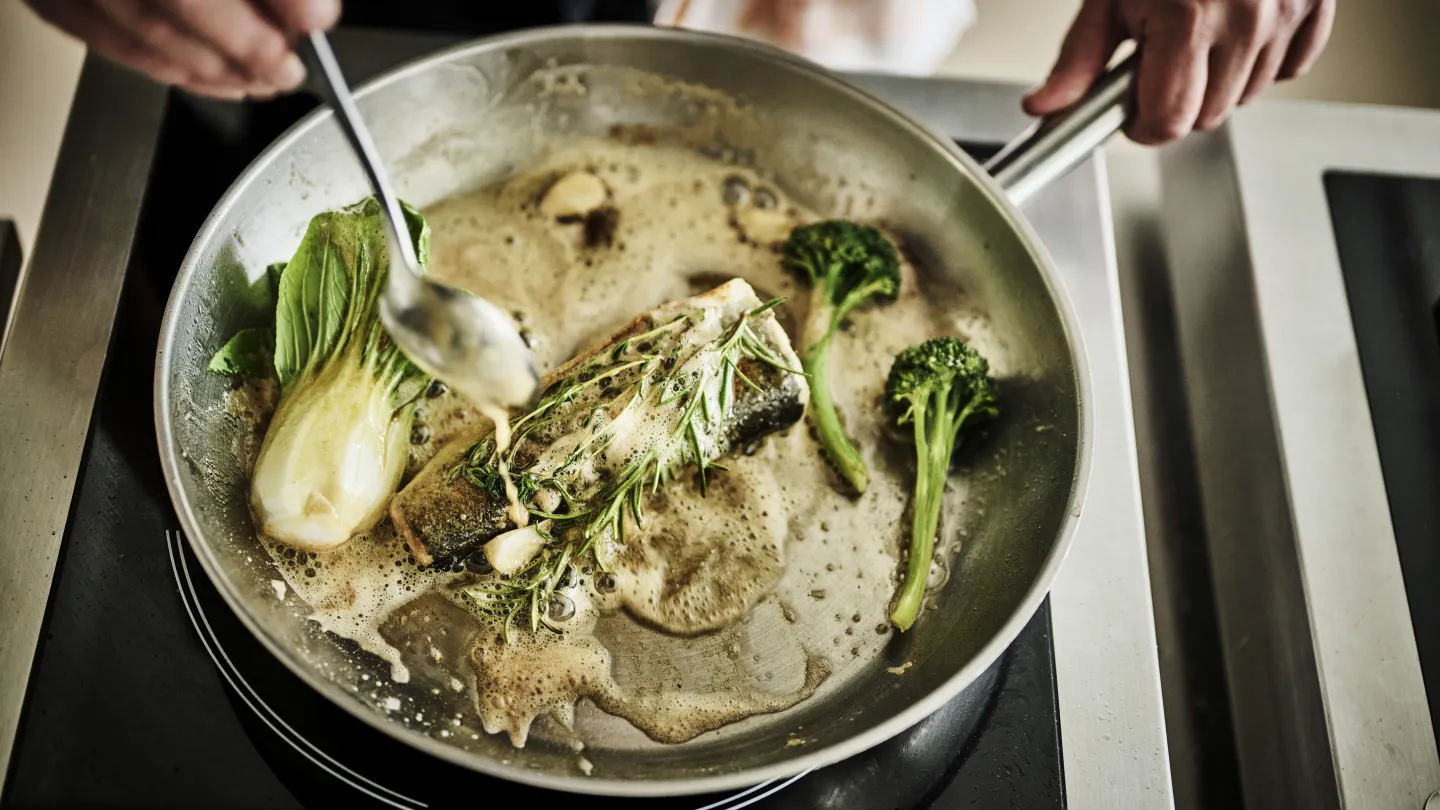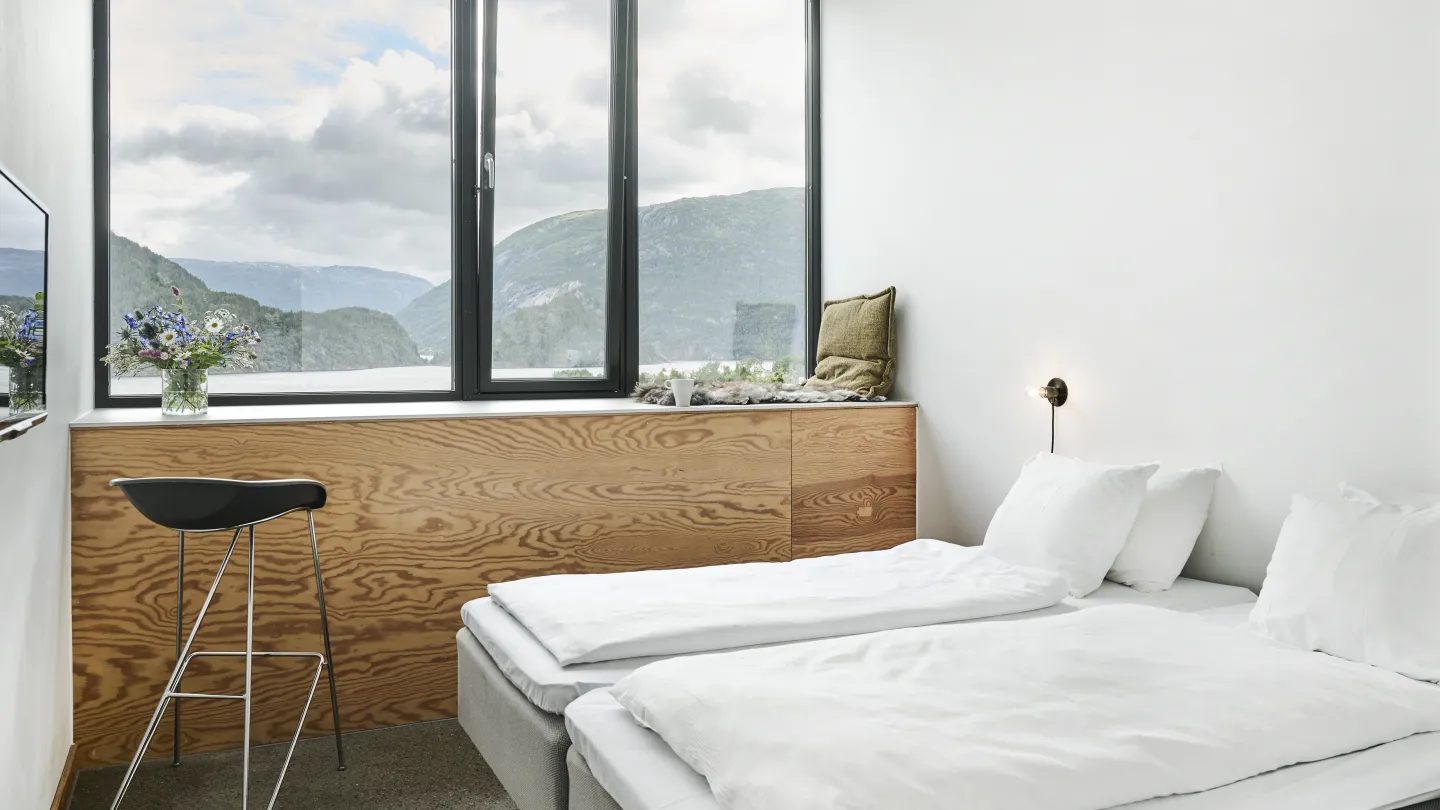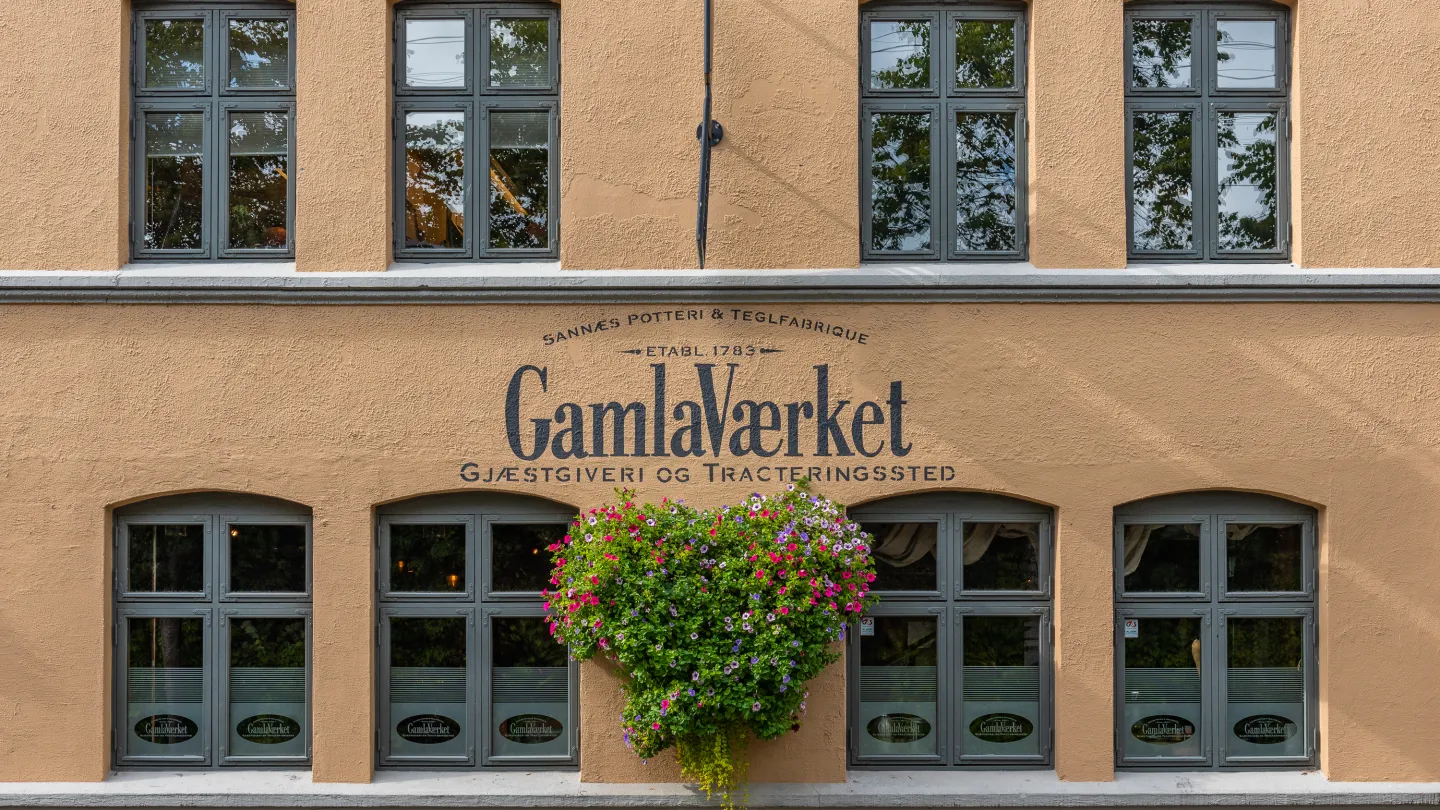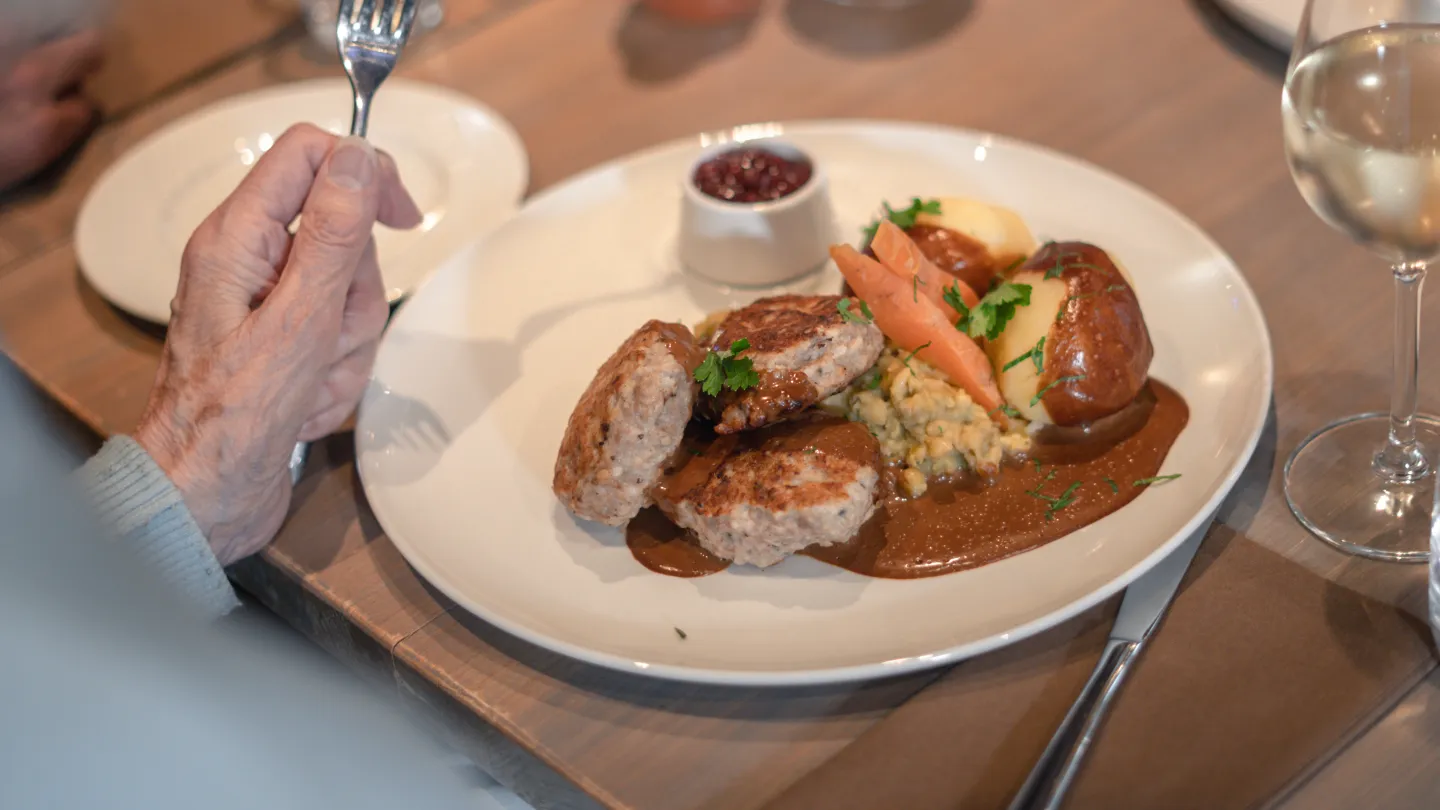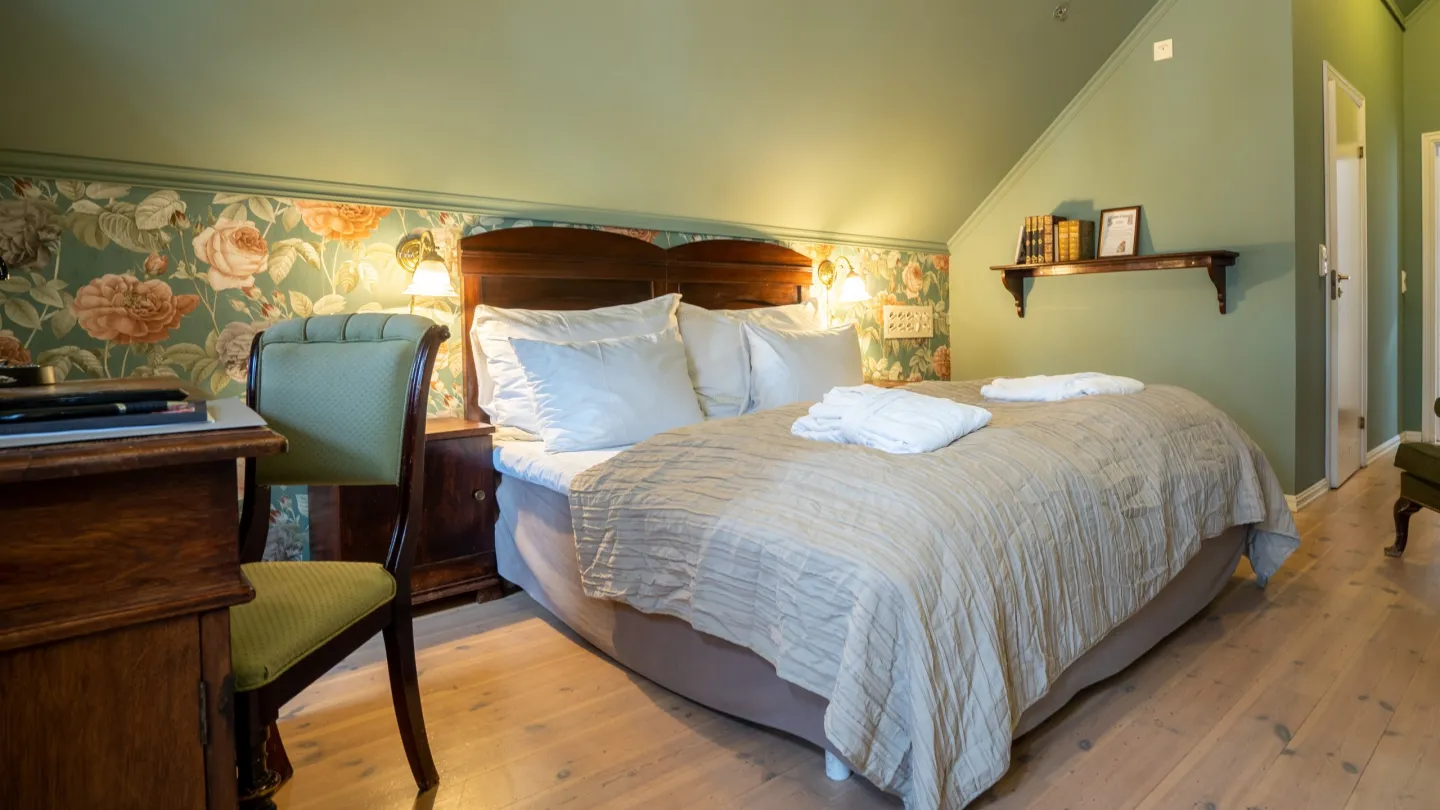Day 2: Industrial history in Rjukan and arrival at Energihotellet
After breakfast the next morning, there’s chance to experience the area’s industrial history.
Take a ride on the Rjukan Line heritage railway, which runs throughout the high season. You can also visit the railway ferries D/F Ammonia and MF Storegut, which are docked at Mæl. Take a walk around the centre of Rjukan and experience the beautifully preserved architect-designed buildings, including a well-maintained industrial area. The Krossobanen cable car operates daily, taking you to the foot of the Hardangervidda mountain plateau, as it has done since it was completed in 1928 as a gift to the people of Rjukan. Since the centre of Rjukan didn’t see the sun for six months of the year, this gave people the chance to enjoy sunshine all year long, a full 85 years before Solspeilet – the sun mirror – was installed at the marketplace.
The former Vemork power plant is home to the Norwegian Industrial Workers’ Museum, where visitors can find out more about the cable car, the people who worked in Norway’s mines and factories and, not least, the world-famous ‘Battle for Heavy Water’ of World War Two. Our world heritage site is surrounded by beautiful scenery in all directions, and is perfect for mountain hikes whatever the season. And don’t miss Gaustatoppen, perhaps Norway’s most beautiful mountain – or in any case the most accessible one, with the Gaustabanen cable car taking you up inside the mountain. The cable car was built in the 1950s using expertise garnered from building the power stations and associated tunnels down in Rjukan.
Once you’ve had your fill of everything Rjukan has to offer, the tour continues to Suldal and Energihotellet, where you can experience Geir Grung’s unique 1960s functionalist architecture designed for Norsk Hydro.
Energihotellet is approx. 170 km from Rjukan, with a driving time of around 2½ hours. See route here.
As well as being in close proximity to nature, staying here gives you an insight into the history of hydroelectric power, which has helped to shape modern Norway. Grung’s buildings comprise a power plant, residence and what is now Energihotellet. Grung strove for a minimalist style in designing this building, with the bedroom functioning as a kind of painting, framing the idyllic views out towards Suldalsvatnet lake and the surrounding mountains. Energihotellet forms part of the architectural tour on the Ryfylke National Tourist Route.
In the evening, enjoy a 3-course dinner, served with majestic views and a personal introduction to the history of the building in front of the hotel’s famous gilded fireplace.
